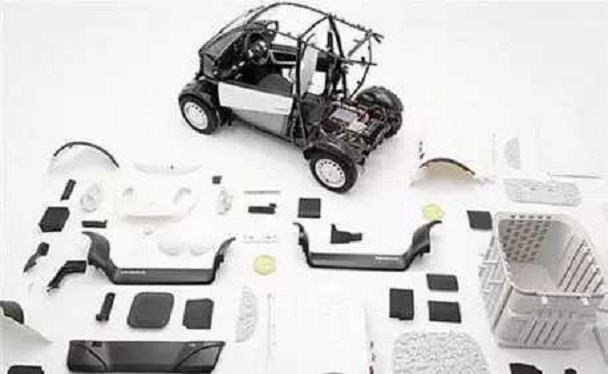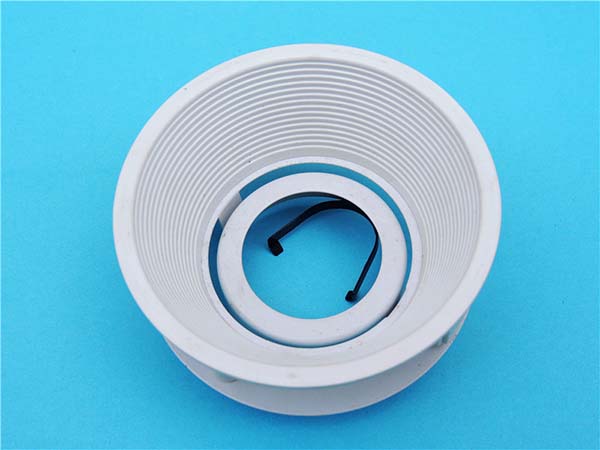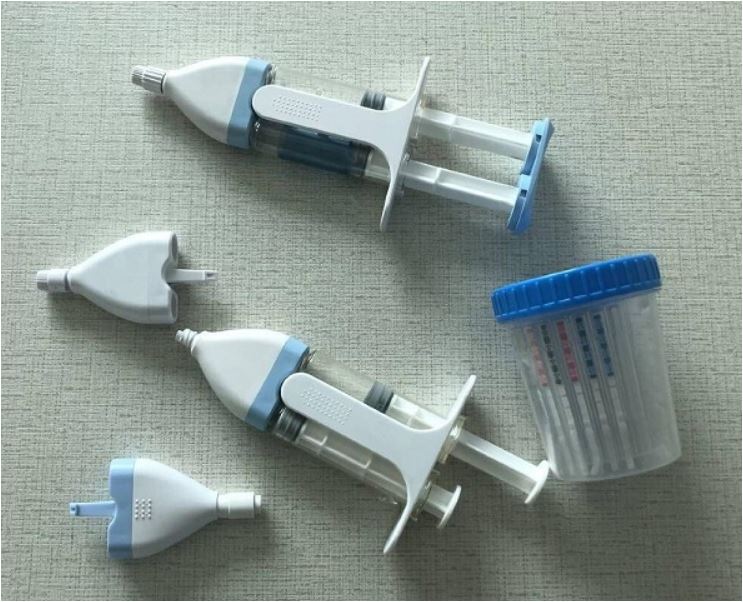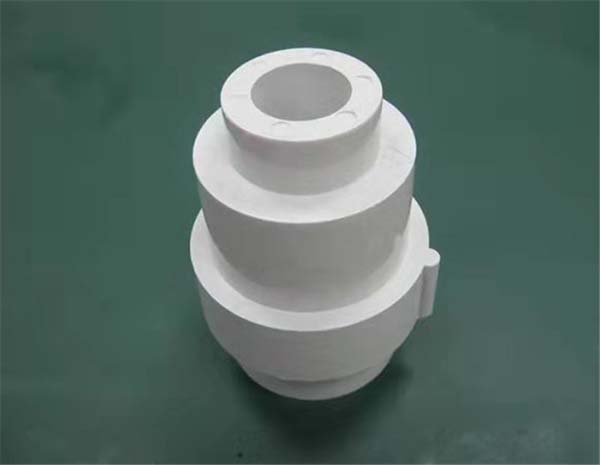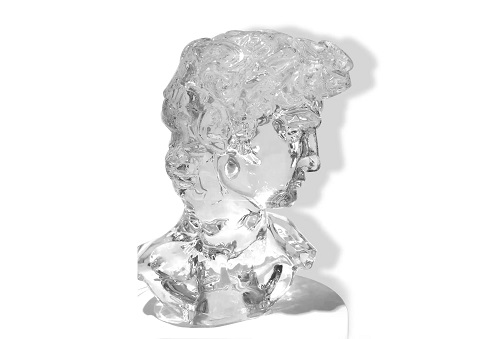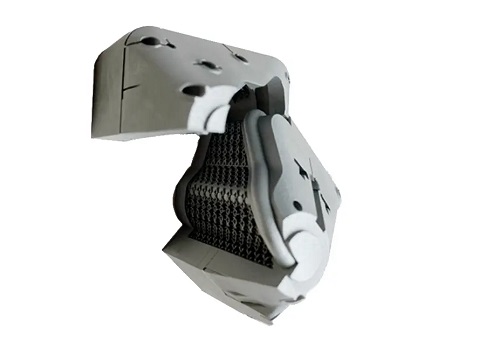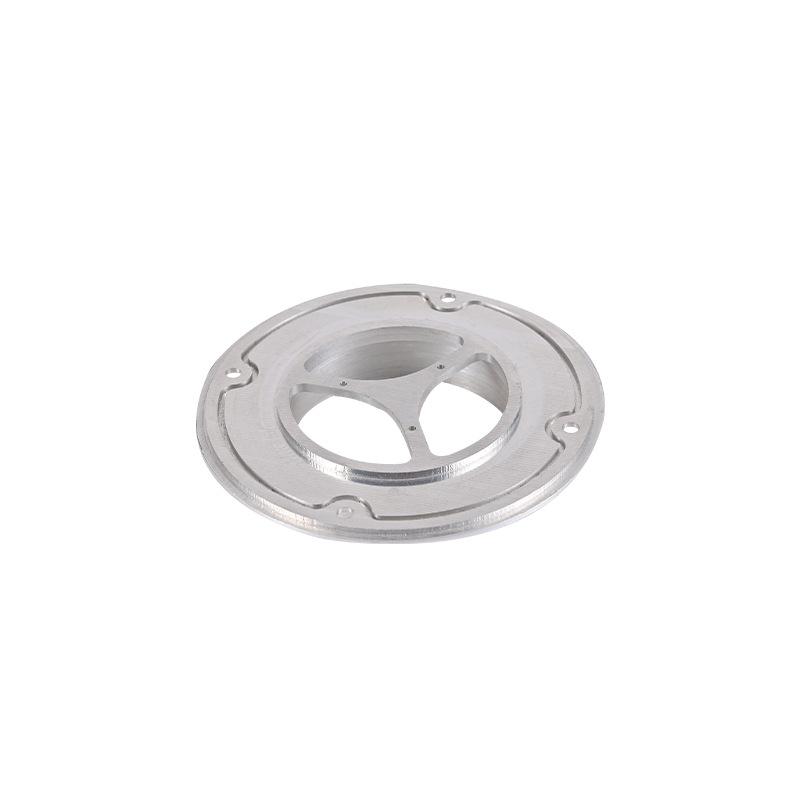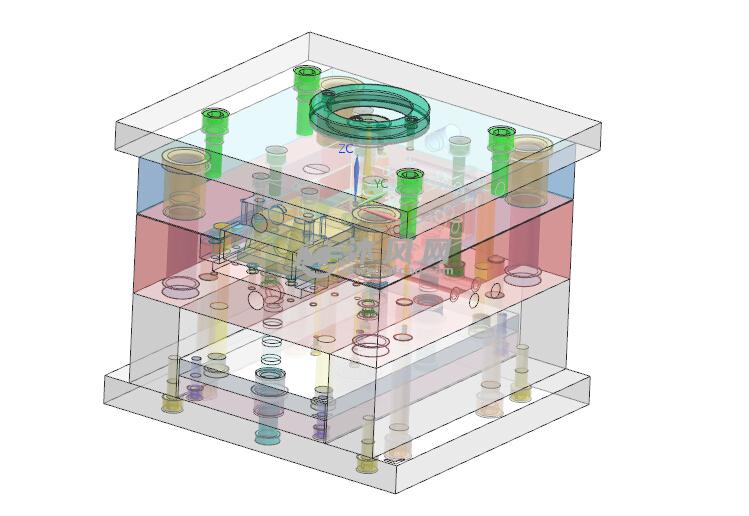Introduction
3D printing, also known as additive manufacturing, has revolutionized the way we create objects. This technology allows us to transform a digital design into a physical 3D object by adding material layer by layer. It has found applications in various fields, from aerospace and automotive industries to healthcare, architecture, and even consumer products.
The materials used in 3D printing play a crucial role in determining the properties, functionality, and quality of the final printed objects. Different projects and applications often require specific material characteristics. For instance, in the aerospace industry, materials need to be lightweight yet strong to reduce the weight of aircraft and improve fuel efficiency. In the medical field, materials must be biocompatible when used for implants or tissue engineering. Therefore, understanding the different materials available for 3D printing is essential for anyone looking to utilize this technology effectively, whether you're a hobbyist, a designer, an engineer, or a business owner. It helps you make informed decisions, optimize your designs, and achieve the best results for your specific needs.
Common 3D Printing Materials
Plastics
PLA (Polylactic Acid)
PLA, or Polylactic Acid, is one of the most popular 3D printing materials, especially among beginners. It is derived from renewable resources such as corn starch or sugarcane, making it an environmentally friendly option. PLA has a relatively low melting point, usually around 180 - 220°C, which makes it easy to print with most desktop 3D printers. It also has a smooth surface finish and comes in a wide variety of colors. However, PLA is not as strong as some other plastics and has a relatively low heat resistance. It is commonly used for creating decorative items, prototypes, and small functional parts where strength and heat resistance are not critical factors. For example, it can be used to print small figurines, phone cases for light - duty use, and simple educational models. The cost of PLA filaments is relatively low, usually ranging from \(15 - \)30 per kilogram, which makes it an affordable choice for hobbyists and small - scale projects.
ABS (Acrylonitrile Butadiene Styrene)
ABS is a strong and durable thermoplastic. It has a higher strength and better heat resistance compared to PLA, with a heat - deflection temperature of around 90 - 110°C. ABS is more suitable for creating functional parts that need to withstand mechanical stress or higher temperatures. It is often used in applications such as automotive parts (e.g., interior components like dashboard prototypes), electronic device enclosures (such as 3D - printed smartphone cases that require more durability), and mechanical prototypes for testing fit and function. However, ABS is more difficult to print than PLA. It tends to warp during cooling, so a heated print bed (usually set between 90 - 110°C) and a closed - printing environment are often required. Additionally, it has a distinct odor when printing due to the release of volatile organic compounds. The price of ABS filaments is similar to PLA, generally in the range of \(15 - \)35 per kilogram.
Resins
Resins are mainly used in 3D printing technologies such as Stereolithography (SLA) and Digital Light Processing (DLP). These materials are liquid polymers that are cured by exposure to ultraviolet (UV) light. Resin - based 3D printing can achieve very high precision and smooth surface finishes, making it ideal for creating detailed models, jewelry prototypes, and dental models. For instance, in the jewelry industry, resin 3D printing allows for the creation of intricate and delicate jewelry designs with fine details that would be difficult to achieve with other methods. In dentistry, resin can be used to print accurate dental crown models for custom - made dental restorations. The cost of resin materials can vary widely depending on the quality and brand, but it is generally more expensive than plastic filaments, often ranging from \(50 - \)200 per liter.
Metals
Stainless Steel
Stainless steel 3D printing materials offer high strength, excellent corrosion resistance, and good heat resistance. They are widely used in industries such as aerospace, where components need to withstand harsh environments, and in medical devices, where corrosion - resistance is crucial for long - term use inside the body. For example, in aerospace, stainless steel can be 3D - printed into engine components or structural parts that require high strength - to - weight ratios. In the medical field, it can be used to create surgical instruments that need to be sterilized repeatedly without corroding. The printing process for stainless steel usually involves powder - bed fusion techniques, such as Selective Laser Melting (SLM), where a high - power laser melts and fuses metal powder layer by layer. However, metal 3D printing is relatively expensive, and the equipment cost is high. The price of stainless - steel powder for 3D printing can be several hundred dollars per kilogram.
Titanium
Titanium and its alloys are highly valued in 3D printing due to their unique properties. They are lightweight yet extremely strong, with a strength - to - weight ratio that is among the highest of all metals. Titanium also has excellent biocompatibility, making it an ideal material for medical implants, such as hip and knee replacements. In the aerospace industry, titanium 3D - printed parts can reduce the weight of aircraft, leading to significant fuel savings. For example, some aircraft manufacturers use 3D - printed titanium components in the engine and airframe structures. In the medical field, about 70% of custom - made orthopedic implants are now made from 3D - printed titanium or its alloys. The production process of titanium 3D - printed parts often involves electron beam melting (EBM) or laser powder - bed fusion methods. The cost of titanium powder for 3D printing is relatively high, typically several hundred to over a thousand dollars per kilogram.
Ceramics
Ceramic 3D printing materials are used to create objects with high heat resistance, chemical stability, and unique aesthetic qualities. They can be used to produce beautiful art pieces, such as sculptures and decorative ceramics, as well as functional parts for high - temperature applications, like furnace linings and turbine components. The printing process usually involves using ceramic - filled resins or powders. For example, in the art world, ceramic 3D printing allows artists to create complex and unique ceramic artworks that would be challenging to make using traditional pottery techniques. In industrial applications, ceramic 3D - printed parts can withstand temperatures up to 1000 - 1600°C, making them suitable for use in high - temperature environments. However, ceramic 3D printing can be complex, and post - processing steps like sintering are often required to densify the printed object and improve its mechanical properties.
Comparison of 3D Printing Materials (in Table Form)
To further assist you in understanding the differences between various 3D printing materials, the following table summarizes the key characteristics, costs, applicable technologies, and common applications of the materials mentioned above:
| Material Type | Key Characteristics | Cost | Applicable 3D Printing Technologies | Common Applications |
| PLA | Renewable, low melting point (180 - 220°C), smooth surface, wide color range, low strength, low heat resistance | \(15 - \)30/kg | Fused Deposition Modeling (FDM) | Decorative items, prototypes, light - duty functional parts |
| ABS | Strong, durable, higher heat resistance (heat - deflection temperature 90 - 110°C), warps easily during cooling, distinct odor when printing | \(15 - \)35/kg | FDM | Automotive parts, electronic device enclosures, mechanical prototypes |
| Resin | High precision, smooth surface finish, cured by UV light | \(50 - \)200/liter | Stereolithography (SLA), Digital Light Processing (DLP) | Detailed models, jewelry prototypes, dental models |
| Stainless Steel | High strength, excellent corrosion resistance, good heat resistance | Several hundred dollars/kg | Selective Laser Melting (SLM) | Aerospace components, medical devices |
| Titanium | Lightweight, extremely strong, high strength - to - weight ratio, excellent biocompatibility | Several hundred - over a thousand dollars/kg | Electron Beam Melting (EBM), Laser Powder - bed Fusion | Aerospace parts, medical implants |
| Ceramic | High heat resistance, chemical stability, unique aesthetic qualities | Varies widely | Ceramic - filled resin or powder - based printing methods | Art pieces, high - temperature industrial parts |
Yigu Technology's View
As a non - standard plastic metal products custom Supplier, Yigu Technology understands the significance of material selection in 3D printing. We believe that the choice of 3D printing materials should be based on a comprehensive understanding of the project requirements, such as the desired mechanical properties, environmental conditions, and cost - effectiveness. For plastic - based projects, we carefully analyze whether PLA's environmental - friendliness and ease - of - printing or ABS's strength and heat - resistance are more suitable. When it comes to metal 3D printing, we consider factors like the corrosion - resistance of stainless steel or the high strength - to - weight ratio of titanium for different applications. We are committed to providing professional advice to our customers, helping them choose the most appropriate 3D printing materials to ensure the success of their projects and meet their specific needs.
FAQ
Q1: How do I choose the right 3D printing material for my project?
When choosing a 3D printing material, consider the requirements of your project. If you need high - strength parts, metals like stainless steel or titanium might be suitable. For cost - effective and easy - to - print prototypes, plastics such as PLA or ABS are good options. Also, think about heat resistance, chemical resistance, and whether the material is compatible with your 3D printer's technology. For example, resin is used in SLA and DLP printers, while PLA and ABS are commonly used with FDM printers.
Q2: Are 3D printed metal parts as strong as traditionally manufactured metal parts?
3D printed metal parts can have strength properties similar to traditionally manufactured metal parts, but there can be some differences. The strength of 3D printed metal parts depends on factors such as the type of metal, the 3D printing process (e.g., SLM, EBM), and post - processing treatments. In some cases, 3D printed metal parts can even be optimized for strength - to - weight ratios, making them more suitable for certain applications like aerospace. However, the microstructure of 3D printed metals may be different from those made through traditional forging or casting, which can affect properties like fatigue resistance.
Q3: Can I mix different 3D printing materials?
In general, it is not recommended to mix different 3D printing materials without proper knowledge and equipment. Each material has its own melting point, viscosity, and chemical properties. Mixing them can lead to inconsistent results, such as poor adhesion between layers, unpredictable mechanical properties, and potential clogging of the 3D printer's nozzle. In some specialized research or industrial applications, mixing materials might be possible, but it requires advanced techniques, careful calibration of the printer, and a deep understanding of material compatibility.
